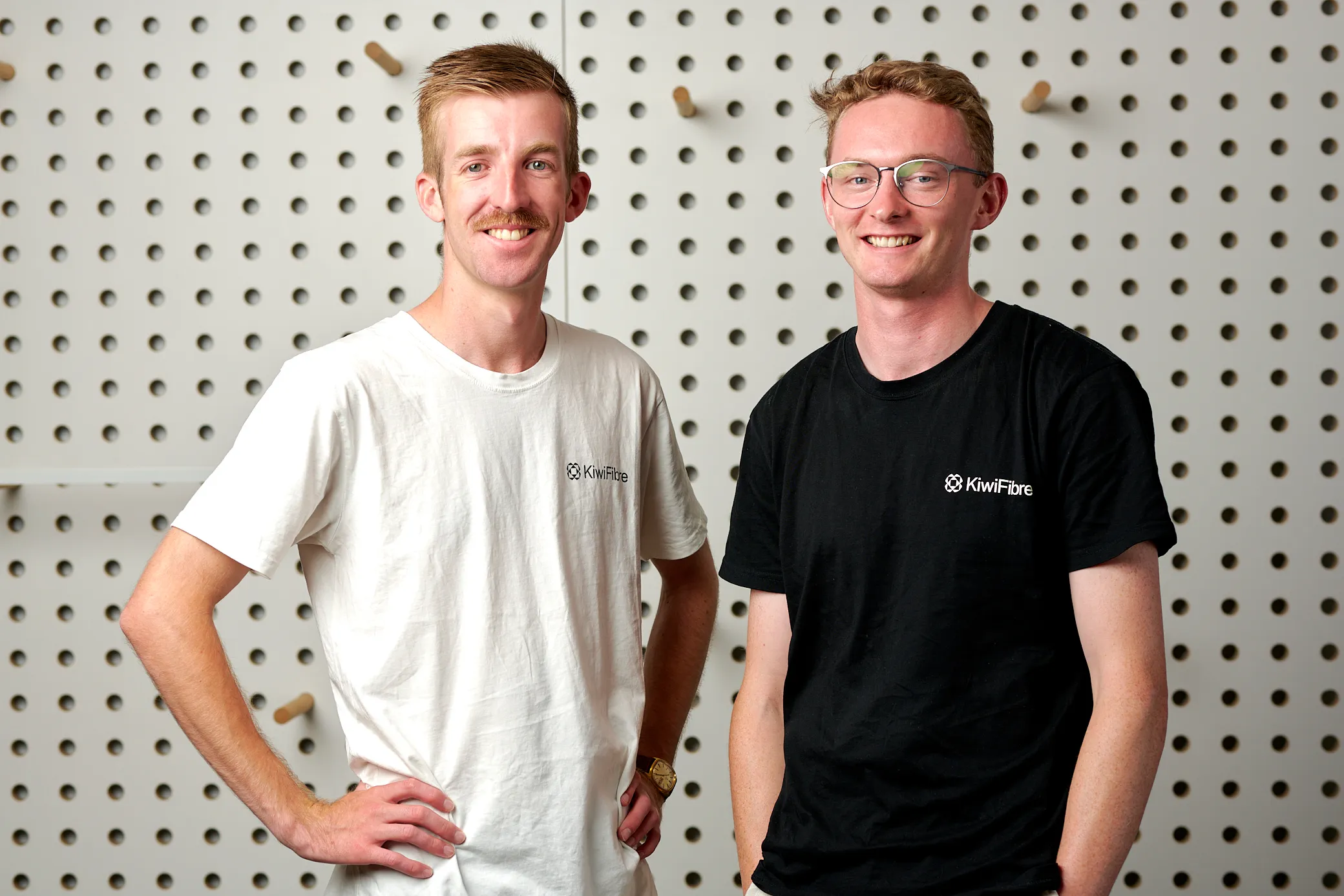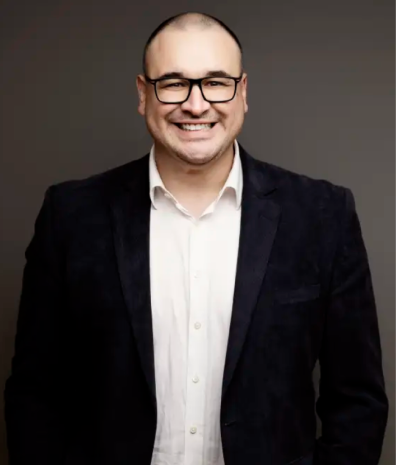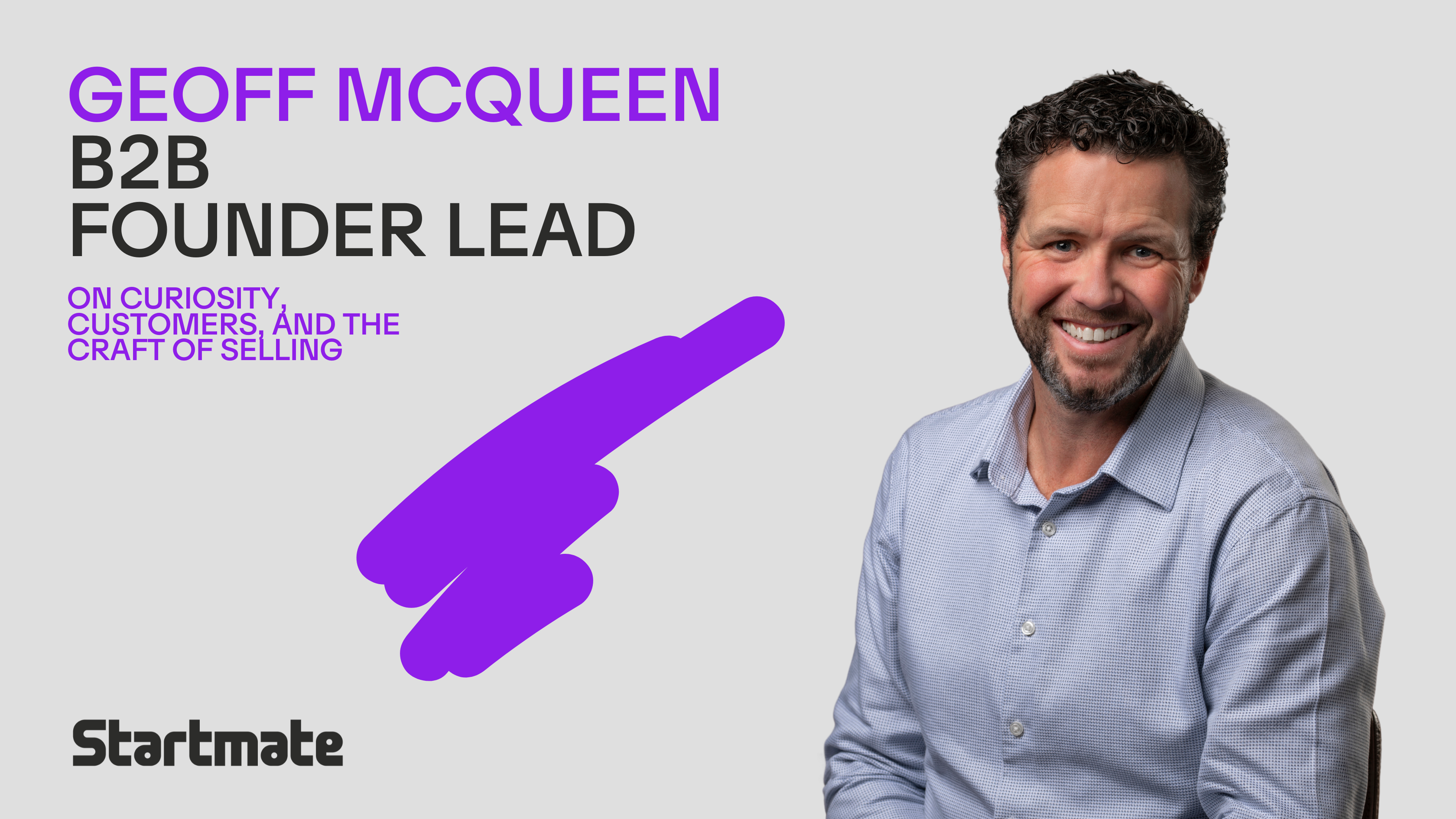KiwiFibre creates natural fibre composite materials from Harakeke - a natively grown New Zealand wonder plant, and one of the world’s strongest natural fibres.
From snowboards to satellites, the fibre-fueled startup, helmed by a couple of twenty-year-olds, has created a fibreglass replacement that is healthier, more sustainable, and superior in almost every way to its fossil fuel-based counterparts. The potential applications are almost limitless.
Raising the bar
Ben Scales and his co-founder William Murrell stumbled upon the idea of using natural materials to replace carbon fibres while studying at the University of Canterbury.
"My lecturer at the time opened the door to this world of using natural fibres in engineering applications,” said Scales, “Basically from then on, we became obsessed. We didn't spend much time at uni after that, which is why I never got an A again.”
Scales, whose grandfather used to have a fibreglass composites company in the 1980s, was so driven to turn the idea into a business that could create a global impact that he ended up closing his first capital raise in the same week as his final university exam.
“We’d put together a skeleton of the business,” recalled Scales, “and we knew we had to raise about 1.5 million dollars to create a proof of concept. From that point, we jumped into the world of capital raising and angel investment. Capital raising is like university, where everything culminates during the exam period. You interact with investors and it all comes together in the final week where you have a term sheet on the table and start finalising details. For us, it happened in the same week.”
Risk and reward
KiwiFibre's initial success wasn’t a given, it was the result of tough decisions and calculated risks. They’d been gaining some traction with their nature-based materials, but things grew to a head when one of their customers requested an expensive prototype.
“It was going to cost a lot of money,” said Scales, “and it would require all of our attention. We were worried about university and losing our other customers by focusing on a single one.”
Scales looked to his mentor Mahesh Muralidhar, ex-Canva, and founder of Phase One Ventures, for advice.
"He said, 'Ben, do you have kids? Do you have a mortgage?' I said no to both. And he said, 'Well, then you've got absolutely nothing to lose. Just go for it, it's a no-brainer.' We took that massive risk, and it ended up paying off."
The first product KiwiFibre created to prove the viability of their innovation was a snowboard.
"We knew the harakeke-fibre was going to be a success once we'd ridden that snowboard," said Scales, "and we knew that if it worked on a snowboard it would work on almost everything else."
Better in every way
According to Scales, KiwiFibre is better than carbon fibre in almost every way imaginable. It has superior functionality, is healthier for humans, and it’s better for the environment than its synthetic counterpart.
"At the moment, KiwiFibre is a direct replacement for carbon fibre," explains Scales, “but when it comes to vibration damping, energy absorption, radio transparency, nonconductivity, and impact absorption, it's actually superior.”
But the more inspiring selling points, according to Scales, are around health and sustainability.
"Everyone I've spoken to knows someone who has experienced working with fibreglass, carbon fibre, or plastics," he says. "Whether in a factory or as a hobby boat builder, by the time they reach their 60s, their bodies are wrecked. Natural fibres can prevent that".
Looking to the future, Scales envisions a more sustainable world transformed by KiwiFibre.
"There will be gigatons of CO2 saved and not being emitted into the atmosphere.”
"Our product is also much easier to recycle than carbon fibre, and it's not made from fossil fuels. Which means a lot less waste going to landfills"
What premium would we expect to pay for this wonder product that is healthier for humans and better for the planet? According to Scales, "It's price competitive with carbon fibre”.
Truly regenerative
KiwiFibre isn’t just sustainable, it’s regenerative.
"In most traditional agriculture,” says Scales, “with things like corn or linen, you plant out fields row by row. You have hectares of just one plant. If you do that for too long and try to get as much profit as possible, the soil becomes unusable eventually. It’s the same with natural fibres like hemp. You plant fields every year and harvest everything with equipment powered by diesel. That's how agriculture has been for a long time.”
"Harakeke is planted on floodplains and unproductive farmland. It actually restores biodiversity," says Scales. "It sequesters carbon, filters contaminants from farms, and cleans soil and waterways."
"The plant grows like a family structure. When you harvest, you only take the outside leaves, leaving the core to grow for 20 years. This allows for multiple harvests per year and each plant can produce roughly 5 square metres, or 1 snowboard every 6 months".
Planting the New Zealand flag
Besides developing a healthier and more sustainable product, Scales and his team are also passionate about reviving a cherished local industry and putting New Zealand on the map as a global leader.
“Our job is to bring New Zealand’s natural fibres to the forefront of the world and show the world what New Zealand fibre is all about,’ said Scales, “That’s why we called ourselves KiwiFibre.”
“The harakeke plant has played a significant part in New Zealand's history,” said Scales, “The Māori used the fibre for clothing, bags, tools, and hunting traps and they used the gel, seeds and extracts in medicine. It was also a massive industry here. Before synthetics were invented, New Zealand was exporting over 20,000 tonnes of natural fibre a year, mostly for ropes”.
“The industry used to be a huge employer back in the day. A lot of the farmers we talk to have a connection with the plant. When we ask them if they want to turn harakeke into snowboards, they think it’s awesome.”
Some might wonder if it’s possible to scale an industry that is based around a product grown randomly on scattered patches of land, but Scales thinks it could be a boon for the local economy, “We can get to a billion-dollar company without even having to leave the region that we’re in. There is so much opportunity, we can grow significantly.”
The road to success
The company’s initial focus is on the sporting goods industry, where demand has already exceeded their expectations. From there they plan to branch out rapidly.
“We’re aiming for the absolute top. So Formula One in a couple of years is my goal, and I know we can get there,” said Scales.
“I believe Harakeke can be the most sustainable industry in the world once we’re done with it.”
When you combine the regenerative features of the product with its wide-ranging applications, KiwiFibres' potential for impact is enormous.
“Anything that moves or is ridden, sailed, flown or driven, can be made with KiwiFibre.”
Think about that.
Apply for our next Accelerator cohort here.






.png)

